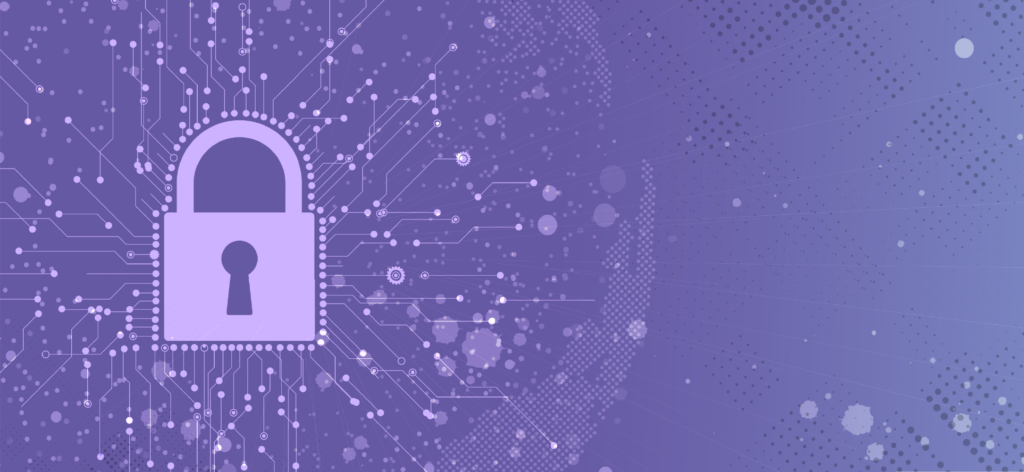Establishing a governance, risk management, and compliance (GRC) framework aligns operations with business goals – while managing risks and regulatory needs.
The increasing threat of cyberattacks makes it imperative for businesses to protect sensitive data from unauthorized access, theft, or malicious behavior. Here’s how businesses can use governance, risk, and compliance (GRC) to enable cybersecurity.
What Is GRC?
GRC, also known as governance, risk, and compliance, is a crucial business strategy that covers a firm’s governance, enterprise risk management, and regulatory compliance. Let’s break it down:
Governance
Data governance ensures that the business policies and operations align with strategic goals. It involves developing several risk identification, evaluation, and management processes that align with the business guidelines. Established governance policies enable senior management and C-suite leaders to monitor data and make informed decisions for the best business outcomes.
The key components of governance include:
- Corporate management
- Policy management
- Strategy management
- Risk Management
Risk Management
Risk management allows senior management to mitigate potential cybersecurity risks and protect the business against cybercrime.
The key components of risk management include:
- Risk identification and assessment
- Best practices for risk mitigation
- Data monitoring
Compliance
Compliance programs are the rules of the government, market, or specific domain in which a business operates. From a cybersecurity standpoint, compliance requirements ensure that sensitive customer data is safe and protected, and meet the data privacy and security guidelines of government entities.
The key components of compliance for cybersecurity include:
- Cybersecurity protocols and measures
- Internal and external audits and controls that are compliant with industry or government standards
- Best practices to demonstrate data security and legal compliance
GRC Software and Cybersecurity
Establishing a governance, risk management, and compliance (GRC) framework helps align professionals and day-to-day operations with business goals – while managing risks and regulatory needs.
Data security teams perform rigorous tasks, such as conducting gap analysis, centralizing policies, identifying misconfigurations, and monitoring data to prevent data breaches and ensure successful GRC implementation. However, these tasks can be time consuming, and may lead to human errors that leave operations open to risk.
Hackers can exploit insecure entry points, such as code repositories, applications, software and cloud assets, to steal a company’s data. Compromised data security can prove detrimental to a company’s reputation, which can lead to costly fines, and a breach in consumer trust that can impact ROI in the long term.
For risk management, businesses should ensure the security of their digital assets, including cloud devices, software, and more. With the right GRC tools, businesses can automate tasks and implement a successful governance, risk, and compliance strategy.
Understanding GRC Solutions
There’s a ton of cyber asset management tools available, including network security software, endpoint security solutions, cloud security posture management (CSPM), and cyber asset attack surface management (CAASM). Unlike other GRC software, CAASM helps uncover and control vulnerabilities across connected cyber assets. It also maintains and updates cyber asset inventory, and provides a unified view of data in real time.
In addition to cyber asset management, GRC tools offer the following provisions:
Vulnerability and Incident Response
GRC tools help supplement incidents and cyber vulnerabilities with the required context for initial assessment and response. It enables the security team to find answers to critical issues, such as the blast radius of a compromised system, and identifying applications that are at the highest risk of getting attacked.
Governance and Compliance
GRC tools can map relationships between all frameworks and controls. This helps the security teams identify cybersecurity gaps and compliance status. Security teams can identify external users, provide access to specific systems, data, or services, revoke the rights of offboarded users, and check user activity status. GRC tools also help automate compliance testing for cybersecurity policies and frameworks, like:
- Health Insurance Portability and Accountability Act (HIPAA)
- Payment Card Industry Data Security Standard (PCI DSS)
- National Institute of Standards and Technology (NIST)
- Service Organization Control Type 2 (SOC2) Security
- Center of Internet Security (CIS)
Power Your Organization’s Cybersecurity with GRC
Cybersecurity is crucial for all types of businesses. While cybersecurity involves protecting a company’s data, system, and network information, establishing a GRC framework communicates the best way to achieve business goals while ensuring data security.
From providing cyber asset management, to automating data security tasks and delivering enhanced visibility across the enterprise, GRC tools help businesses make informed decisions to keep their data safe.


